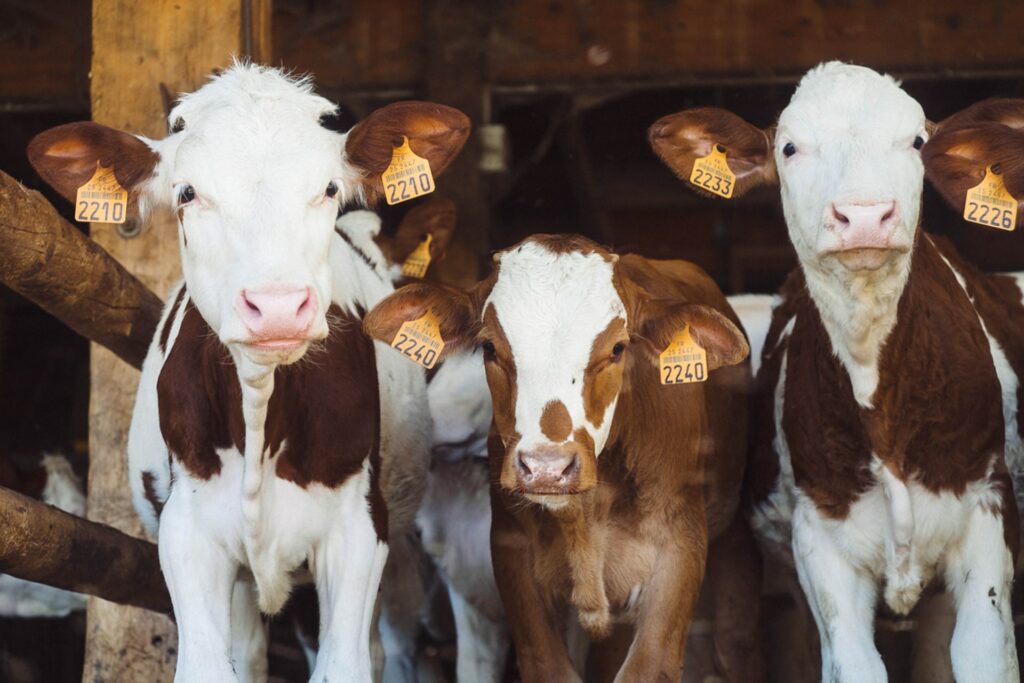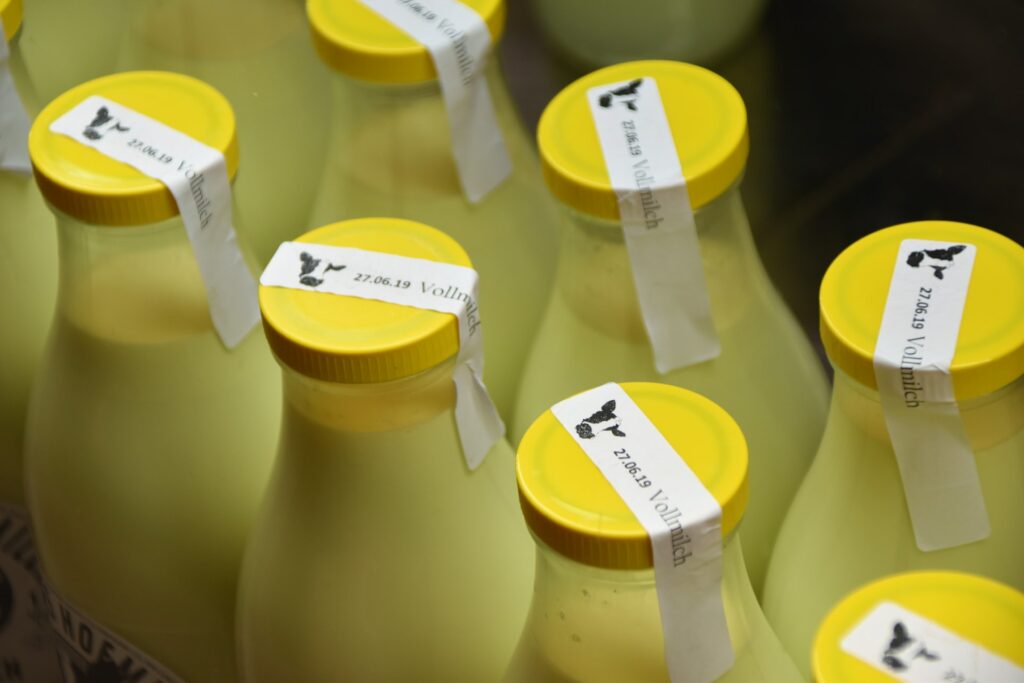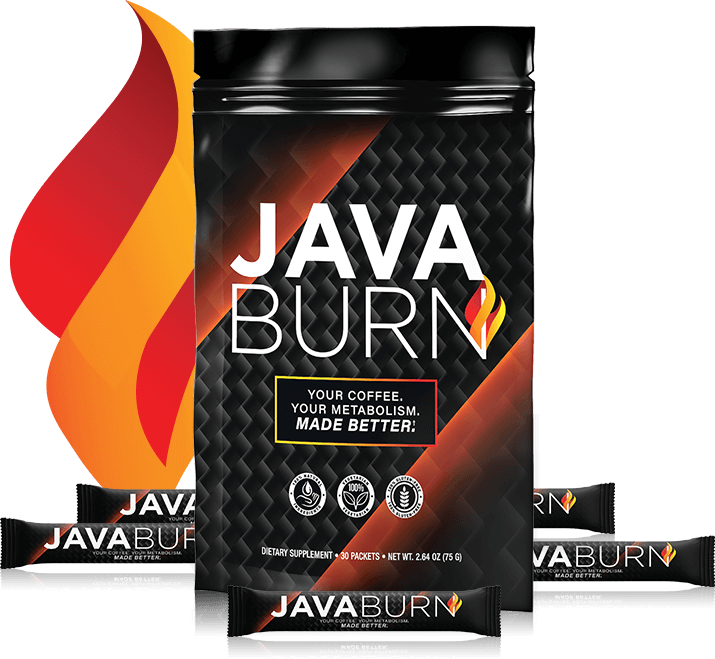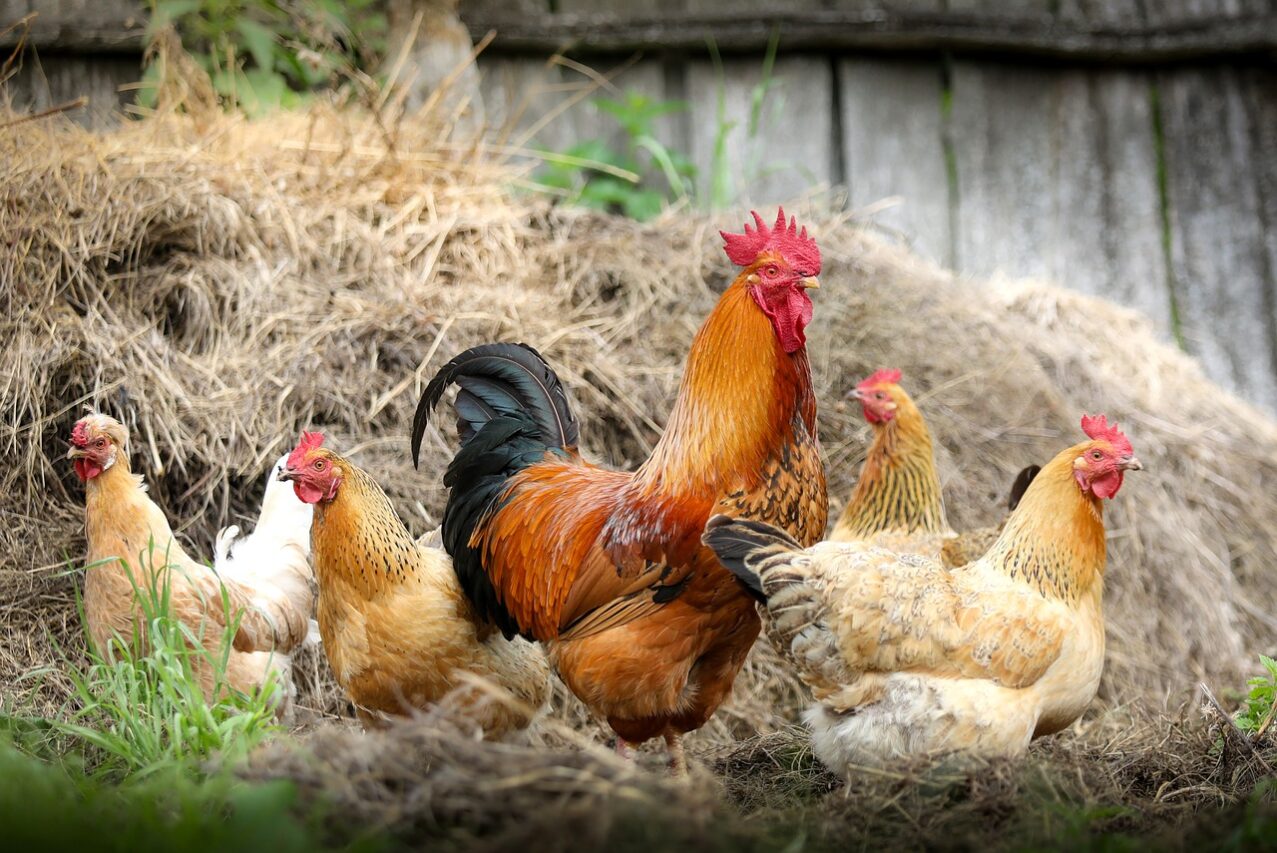We live in an age where everything has been modernized. However, there are some things that still need to be looked at. And, when it comes to that, farms are one of them. This is one area where modern technologies are yet to enter. Even though some have made their way, the basics are still undone and unknown. That is why we will be focussing on talking about such a topic.
But, this does not end here. On the contrary, farm animals are mistreated. Even though you have been one of the dairy products consumers for decades, it is your responsibility to check if the animals were treated well. So, let’s do a quick rundown to know the subject more closely.

1. Eat less dairy, meat, and eggs.
Well, this may read a little off, but isn’t it the truth? We are surrounded by dairy products and forget about the world farm animals live in. More than 9 billion animals get slaughtered for food in the US alone every year. In addition, an average individual consumes more meat than is recommended by experts. When it comes to numbers, an average meat consumer tends to consume a figure of 2500 cows, pigs, chickens, sheep, and turkeys, in their lifetime.
Furthermore, less than 1% of farm animals get raised in the pasture with fresh air, space, and sunshine. They do not even get a chance to interact with their species in such a space. Not only would it be possible for them to bear such conditions, but humans also need to realize some of these. That is why people need to consume less dairy, meat, and eggs. And, why is that? Consuming fewer such products is not just good for animals, but it is also the other way around. It can alleviate the risk of several preventable and chronic diseases like cancer, diabetes, cardiovascular disease, and obesity.
2. Shop for welfare food
If you did not know, most animal foods in the market come from altered or factory farms, where many animals are restricted to tiny spaces. Just like we emphasize fair trade for human beings, why not get on the hinge of higher welfare food. Another point to remember is that these animals are not usually what’s shown in bucolic pictures shown by corporate operations to support, promote, and advertise their products.
Well, how can you help? You can avoid factory-farmed dairy, meat, and eggs by going to farmers’ markets or purchasing directly through small family farms nearby. And, if you often go to a supermarket, request the manager for some insightful information on farm foods. Ask them to stock free-range animals or pasture-raised products to meet the animal welfare standards. Remember, you can also acknowledge foods and products with the highest standards by looking for the certification logos mentioned in bullets.

- Certified Animal Welfare (Approved by AGW)
- Global Animal Partnership (Steps 4, 5, 5+)
- Certified Grass Fed by AGW
3. Never consume these foods and products.
Know those specific food products are produced from animals who were slaughtered or raised in an inhumane manner. Unlike foods like pork, eggs, and chicken, which can reach you from welfare farms, these comprise animals that weren’t treated well. Moreover, as already discussed, these animals also live in poor conditions. Speaking of which, these animals are also fed a diet that lacks essential fibers and iron.
Milk-fed veal: White or Milk-fed veal originates from young calves confined to limit their muscle development and exercises.
Frog legs: It is essential to know that frogs that are eaten to extinction are never killed humanely.
Foie gras: Foie in French is “fatty liver.” This recipe is crafted from the geese’s and duck’s liver that has been unnaturally enlarged and grown.
4. Stand against the growth of factory farms.
The breeding and rearing of animals today is dominated by extensive operations that are reckoned as CAFOs or concentrated animal feeding operations. These tend to maximize profits by treating all the farm animals as production units and not sentient creatures. Moreover, these farms do not just mistreat animals but also endanger the well-being and health of residents and workers and pollute the surroundings. They also consume a large number of naturally available resources and lower the property values of the community.
5. Spread the word

There are several other ways to help farm animals. You can always share what you have learned and educated yourself with family, friends, co-workers, and neighbors. Consider expanding the audience by sharing through social media platforms. Another way of spreading the word is through adopting rescued farm animals or volunteering at farm animal sanctuaries.
You can learn and witness the possible cruelty and neglect and report to the animal care agency, local humane society, or law enforcement official. But, in the end, don’t forget to take value while traveling.
Featured Image Credits: Pixabay







